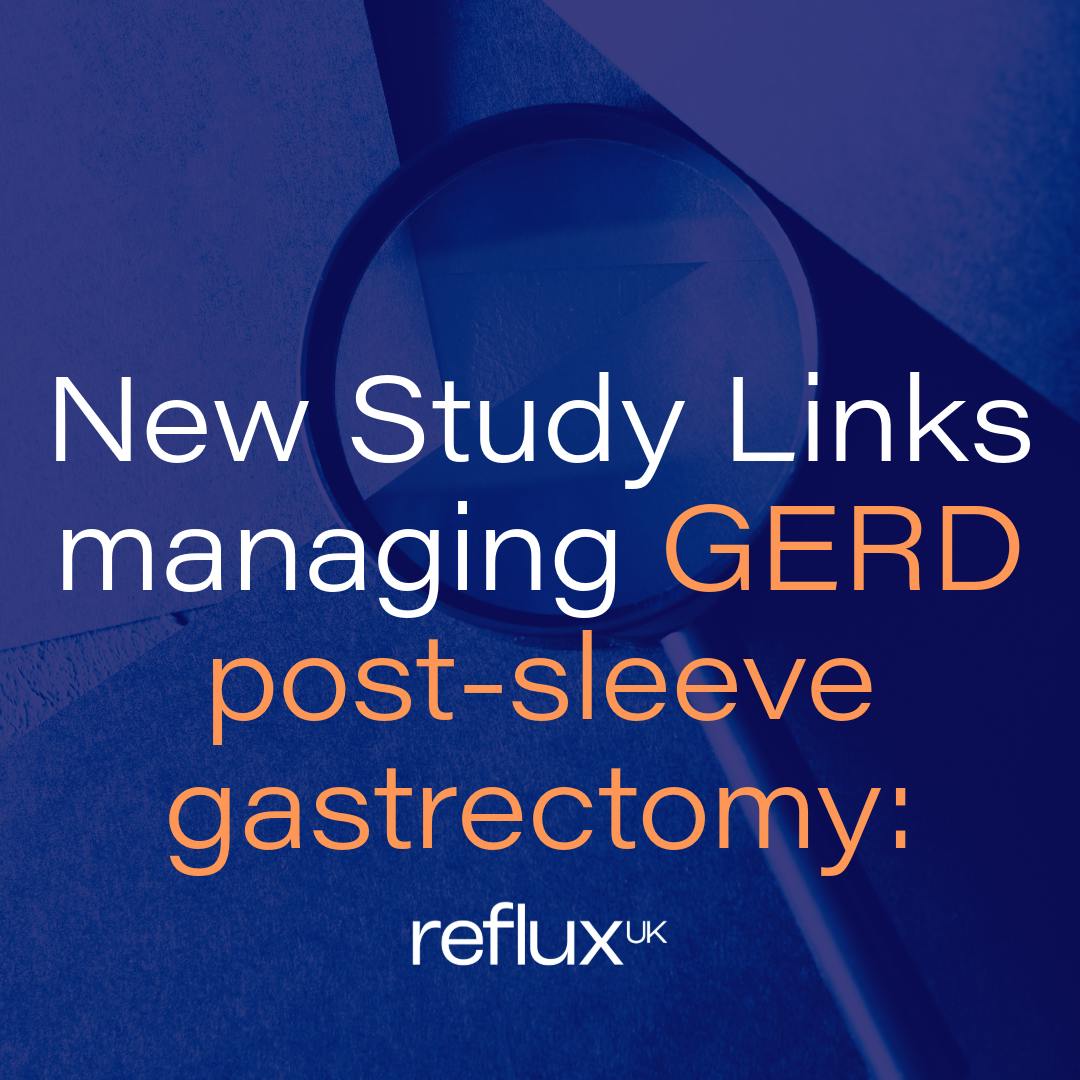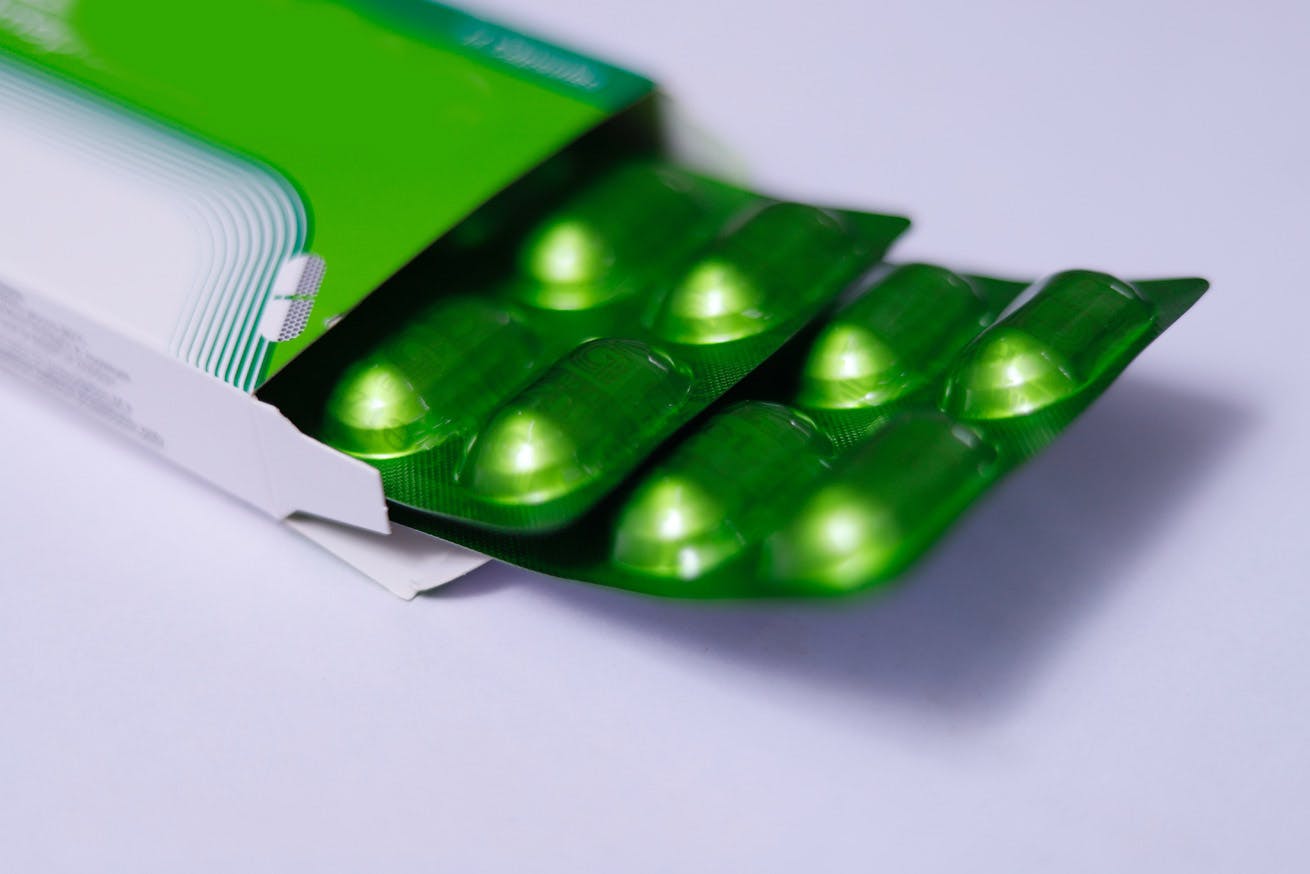GERD post-sleeve gastrectomy
This study provides further evidence that LINX avoids the extensive anatomical changes and potential complications associated with converting to Roux-en-Y gastric bypass, providing a safe and effective alternative for managing GERD post-sleeve gastrectomy.

After sleeve gastrectomy, some patients experience gastroesophageal reflux disease (GERD) due to increased intra-abdominal pressure and changes in stomach shape, which can weaken the lower esophageal sphincter.
The LINX procedure offers a simple and minimally invasive solution by using a magnetic device to reinforce the sphincter, reducing reflux symptoms significantly. This approach avoids the extensive anatomical changes and potential complications associated with converting to Roux-en-Y gastric bypass, providing an effective alternative for managing GERD post-sleeve gastrectomy.
This study included 109 patients (14 studies) with reflux undergoing LINX™ implant after sleeve. Median follow-up was 18.9 months (range 0.3–63). Reflux symptoms were significantly reduced following LINX as was daily (97.4% vs. 25.3%.
This study provides further evidence that LINX avoids the extensive anatomical changes and potential complications associated with converting to Roux-en-Y gastric bypass, providing a safe and effective alternative for managing GERD post-sleeve gastrectomy.
Refer to our references to read the full paper.
References

Book an expert consultation
Our expert clinicians are dedicated to helping patients find relief from reflux.
Book a consultation


